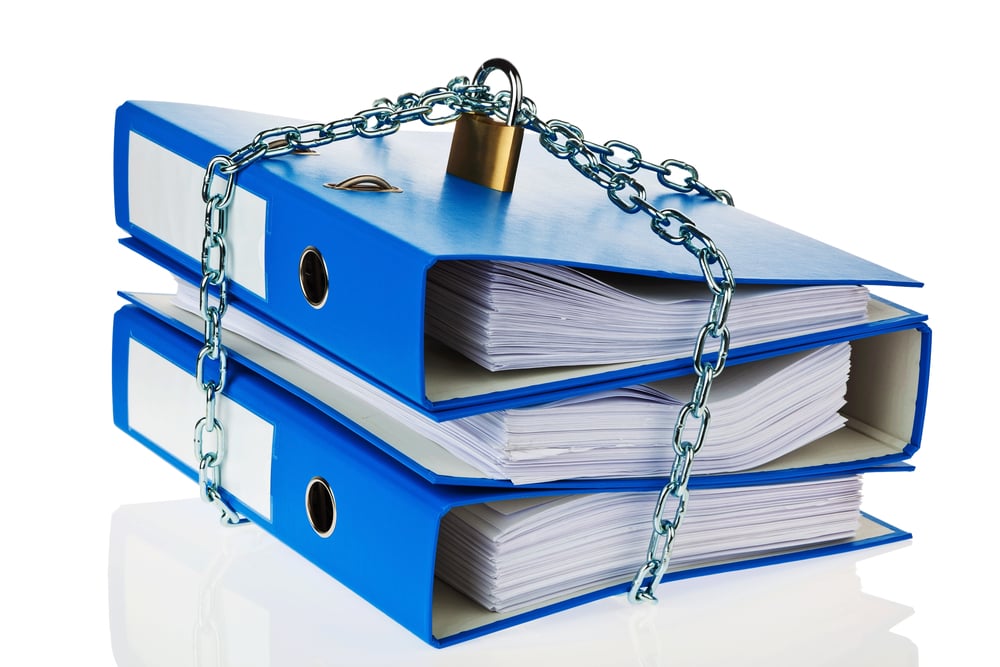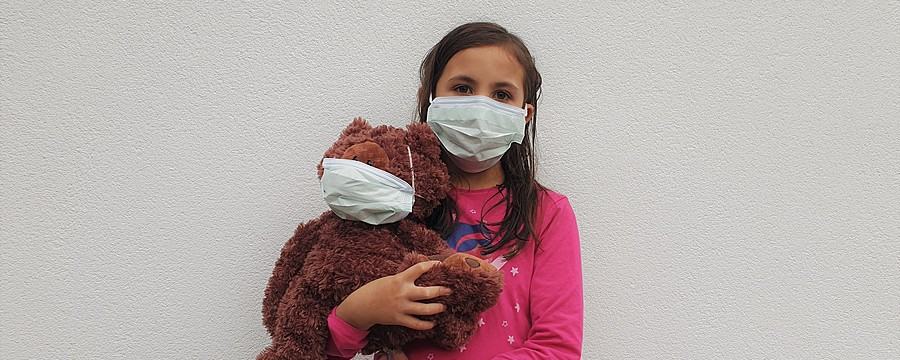Informed Consent and Children

Share this step
Informed Consent
In all circumstances, informed consent should be sought from children for the information we gather from them, and the decisions are taken with them, and on their behalf. Whilst conducting our work during the COVID-19 pandemic we must still strictly adhere to this principle.
This means we should:
- Seek permission from a child to gather information about them – it means a child gives you their assent – an informed agreement from the child to agree to take part in gathering information about themselves – and if necessary – sharing some of that information. It means making sure they understand they can refuse to answer questions, and stop an interview or any other actions regarding their information at any time. They should also know they can retract any information they have already shared at any time
- Always explain to a child how the information will be used – and if necessary shared – and why, how it will be shared, and with whom, highlighting any specific measures put in place during the COVID-19 pandemic
- Provide a child with all the necessary information to base their decision-making on. Make sure you provide the information in an appropriate manner – in their own language and taking into account age, maturity, special needs, etc.
You should also seek consent from the child’s parent or legal or customary caregiver.
Informed Consent Challenges
There may be difficulties when seeking consent. For example, a child may not want to consent to a particular action or to give you particular information. They may not want to report being abused by someone in case this results in them being separated from a caregiver. We should carefully take into account why children might react in this way, especially if they have had previous bad experiences.
Informed Consent and COVID-19
During the COVID-19 pandemic you may have to consider new ways of conducting interviews with a child in a safe and child-friendly manner. Please think about ways to make sure any contact still ensures confidentiality and how you will gain informed consent when you cannot meet the child – or others you are interviewing face-to-face.
You can find more information about informed consent/assent on pages 115 to 118 of the Inter-Agency Guidelines for Child Protection and Case Management which is also available in Arabic, Spanish, French, Turkish and Serbian.
Informed Consent and Confidentiality
Confidentiality and the Safe Sharing and Storing of Information
Confidentiality is linked to sharing information – and sharing it with only the necessary people on a ‘need to know basis. This means respecting a child’s privacy and only sharing specific information about a child when it is necessary for the protection of a child and offering the most suitable support and care.
It also means collecting, sharing, and storing information in a safe way and according to agreed data protection protocols that should have been developed in your own organisation. Think about how you might be using new ways of communicating during the COVID-19 pandemic and always consider:
- Make sure all information about a child is only accessible to those who are authorised
- Not revealing children’s names or any identifying information to anyone who does not need to know
- Placing a reference number for a child rather than their name on their file with only an authorised person/s knowing and keeping the name in a different safe file
- Storing paper files in locked cabinets
- Using password-protected electronic files on computers
- Avoid sharing identifiable information by email or other communication methods including messaging and online forums
- Always make sure the person sending, and the person receiving, any messages about a child’s case has deleted them once it is confirmed the information has been transferred to a secure file location
- When working from home, make sure any information about a child – perhaps in note form or in a report – is not left unattended and is safely transferred to a locked and secure file location
- Have someone responsible for data protection in your organisation who is responsible for ensuring everything is in place to keep data confidential and safe.
In response to the COVID-19 pandemic, the agencies you are working in – as well as any inter-agency child protection coordination group – should prioritise the reviewing and updating of data protection and information sharing protocols.
You might also consider using a secure online case management information system. If your organisation is already using such a system as, for example, the Primero /Child Protection Information Management System+ or the Child Protection module of proGres v4 developed by UNHCR – please follow any updated guidance received by your organisation during the pandemic. Remember, if you are working from home, make sure you do not leave your computer unattended while any case information is visible.
For refugee and migrant children, there may be a need to share information with organisations in a different country – as for example when arranging the return of a refugee child – which must also be done very carefully with confidentiality and data sharing protocols agreed between agencies. If a child is seeking asylum, it is essential that no communication or information about the child is transmitted to the authorities in the child’s country of origin. You can find more information about this in the UNHCR BIP Guidelines.
Child Protection and Security
When using phones and web-based services, it is important to consider security and preventing access by pedophiles, traffickers and others who might take advantage of children. You can find more information about this in the guidance produced by Child Hub.
You can find an example of a data protection protocol on page 108 of the Inter-Agency Guidelines for Case Management and Child Protection.
Share this
COVID-19: Adapting Child Protection Case Management

COVID-19: Adapting Child Protection Case Management


Reach your personal and professional goals
Unlock access to hundreds of expert online courses and degrees from top universities and educators to gain accredited qualifications and professional CV-building certificates.
Join over 18 million learners to launch, switch or build upon your career, all at your own pace, across a wide range of topic areas.
Register to receive updates
-
Create an account to receive our newsletter, course recommendations and promotions.
Register for free







